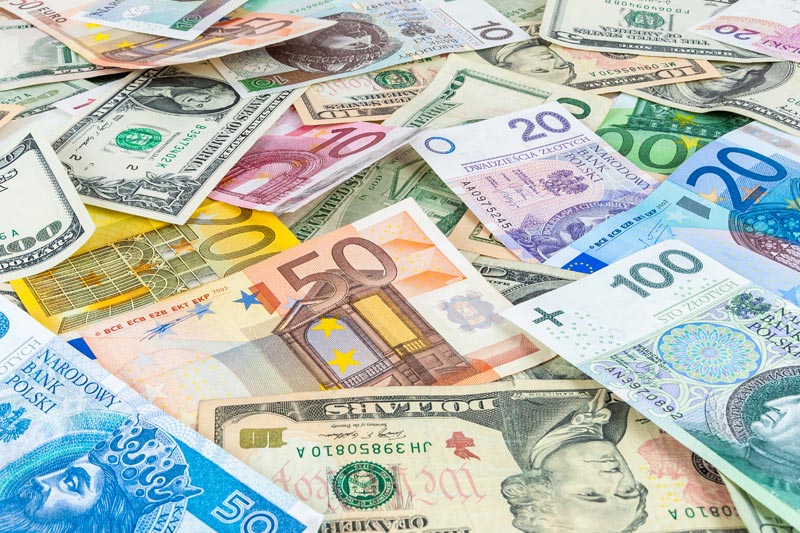Investing.com - The Australian dollar fell to fresh 11-month lows against its U.S. counterpart on Wednesday, after the release of weak Australian data and as market sentiment weakened amid renewed concerns over the outlook for growth in the euro zone.
AUD/USD hit 0.9884 during late Asian trade, the session low; the pair subsequently consolidated at 0.9873, falling 0.17%.
The pair was likely to find support at 0.9878, Tuesday's low and an 11-month low and resistance at 1.0004, Tuesday's high.
Official data showed that new motor vehicle sales in Australia dropped 1.6% in April, after a 0.5% fall the previous month.
A separate report showed that Australia's wage price index rose 0.7% in the first quarter, less than the expected 0.8% increase, after a 0.8% gain in the previous quarter.
Meanwhile, markers were jittery after preliminary data earlier showed that Germany's gross domestic product rose less-than-expected in the first quarter, adding 0.1% after a 0.7% decline in the previous quarter. Analysts had expected the GDP to rise 0.3% in the first quarter.
Year-on-year, Germany's GDP contracted by 1.7%, disappointing expectations for a 0.2% a rise, after an increase of 0.1% in the fourth quarter.
France's GDP declined 0.2% in the last quarter, compared to expectations for a 0.1% fall, after a 0.2% decline in the fourth quarter.
Meanwhile, the greenback remained supported by speculation over a possible near-term exit from the Federal Reserve’s asset purchase program after recent U.S. data indicated that the economic outlook is improving.
The Aussie was also steady against the euro with EUR/AUD inching 0.04% lower, to hit 1.3062.
Later in the day, the U.S. was to release data on producer price inflation, industrial production, the capacity utilization rate and a report on manufacturing activity in New York State.
AUD/USD hit 0.9884 during late Asian trade, the session low; the pair subsequently consolidated at 0.9873, falling 0.17%.
The pair was likely to find support at 0.9878, Tuesday's low and an 11-month low and resistance at 1.0004, Tuesday's high.
Official data showed that new motor vehicle sales in Australia dropped 1.6% in April, after a 0.5% fall the previous month.
A separate report showed that Australia's wage price index rose 0.7% in the first quarter, less than the expected 0.8% increase, after a 0.8% gain in the previous quarter.
Meanwhile, markers were jittery after preliminary data earlier showed that Germany's gross domestic product rose less-than-expected in the first quarter, adding 0.1% after a 0.7% decline in the previous quarter. Analysts had expected the GDP to rise 0.3% in the first quarter.
Year-on-year, Germany's GDP contracted by 1.7%, disappointing expectations for a 0.2% a rise, after an increase of 0.1% in the fourth quarter.
France's GDP declined 0.2% in the last quarter, compared to expectations for a 0.1% fall, after a 0.2% decline in the fourth quarter.
Meanwhile, the greenback remained supported by speculation over a possible near-term exit from the Federal Reserve’s asset purchase program after recent U.S. data indicated that the economic outlook is improving.
The Aussie was also steady against the euro with EUR/AUD inching 0.04% lower, to hit 1.3062.
Later in the day, the U.S. was to release data on producer price inflation, industrial production, the capacity utilization rate and a report on manufacturing activity in New York State.
